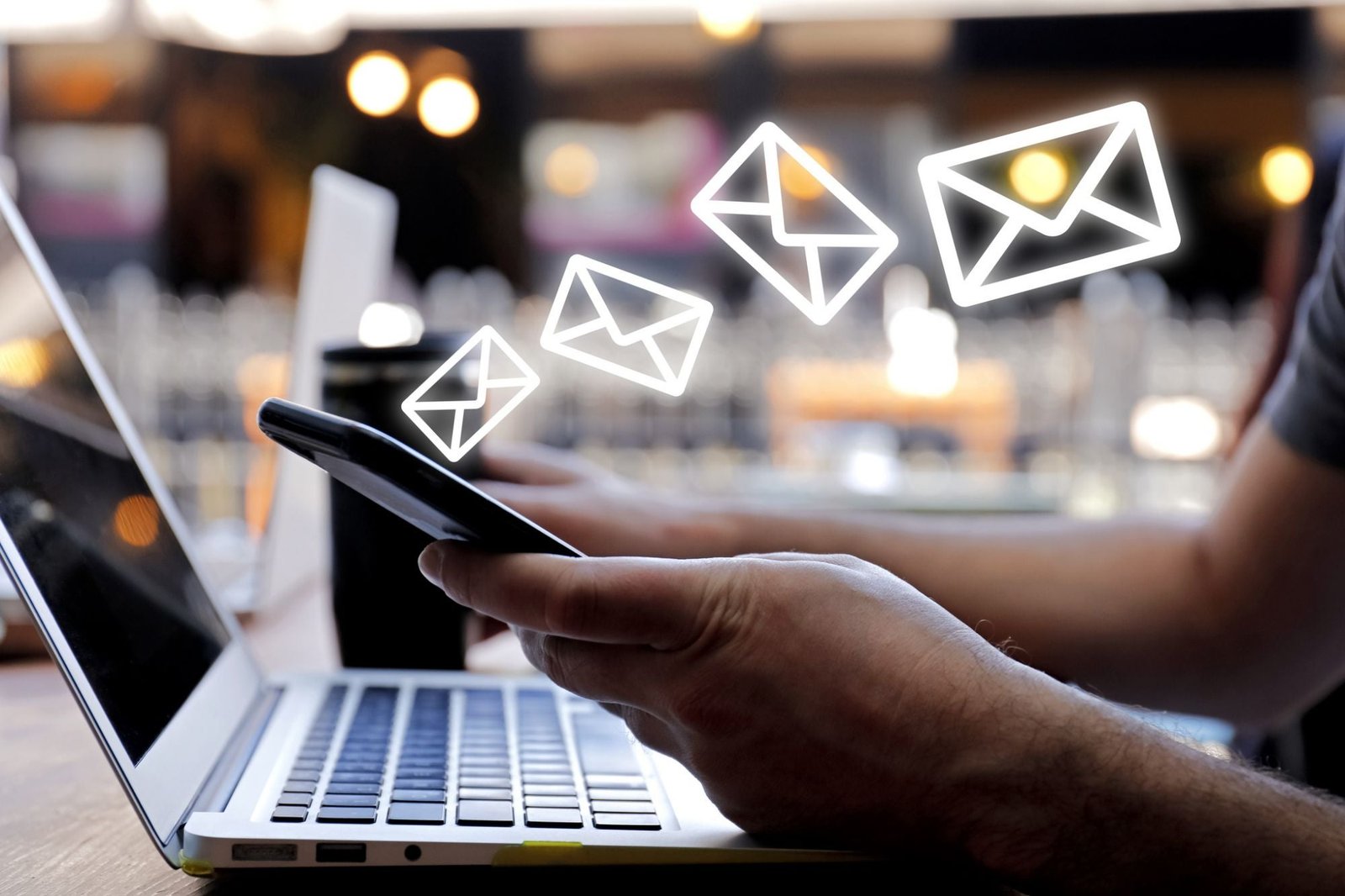Email marketing remains a cornerstone of digital marketing, offering businesses a direct and cost-effective way to engage with their audience. A well-executed email campaign can nurture leads, boost sales, and build long-term customer relationships. In this guide, we explore the essential strategies to make the most of email marketing.
Why Email Marketing is Essential for Businesses
Email marketing provides a unique advantage over other digital marketing channels due to its personalized approach. Unlike social media, which relies on algorithms, email ensures your message reaches your audience directly. With the right strategies, businesses can achieve high conversion rates while strengthening brand loyalty.
Core Benefits of Email Marketing
- High Return on Investment (ROI): Email marketing consistently delivers one of the highest ROI among digital marketing strategies.
- Direct and Personalized Communication: Emails can be tailored to individual customer preferences and behaviors.
- Automation for Efficiency: Automated email sequences enhance customer engagement without manual effort.
- Measurable Results: Businesses can track open rates, click-through rates, and conversions to refine future campaigns.
Steps to Building a Successful Email Marketing Campaign
- Create an Engaged Email List
- Focus on organic subscribers who genuinely want to receive your emails.
- Use lead magnets like free guides, discounts, or exclusive content to encourage sign-ups.
- Focus on organic subscribers who genuinely want to receive your emails.
- Craft Compelling Content
- Write subject lines that capture attention and encourage email opens.
- Provide valuable, relevant content that addresses customer needs and interests.
- Include clear calls to action (CTAs) that drive the desired response.
- Write subject lines that capture attention and encourage email opens.
- Optimize for Mobile Devices
- Ensure emails are mobile-friendly, as a majority of users check emails on smartphones.
- Use responsive design and concise formatting for better readability.
- Ensure emails are mobile-friendly, as a majority of users check emails on smartphones.
- Segment Your Audience
- Divide your email list into segments based on demographics, behavior, or purchase history.
- Personalize messages to cater to each segment’s unique interests.
- Divide your email list into segments based on demographics, behavior, or purchase history.
- Test and Improve
- Perform A/B testing on subject lines, content, and send times.
- Analyze campaign performance to make data-driven improvements.
- Perform A/B testing on subject lines, content, and send times.
Best Tools for Email Marketing Success
Businesses can leverage platforms like Mailchimp, ConvertKit, and HubSpot to automate email workflows, personalize content, and track campaign performance effectively.
Conclusion
Email marketing continues to be one of the most effective strategies for business growth. By focusing on personalization, automation, and data-driven optimization, businesses can create email campaigns that engage audiences and drive conversions. Start leveraging email marketing today to build stronger customer relationships and accelerate business success.

